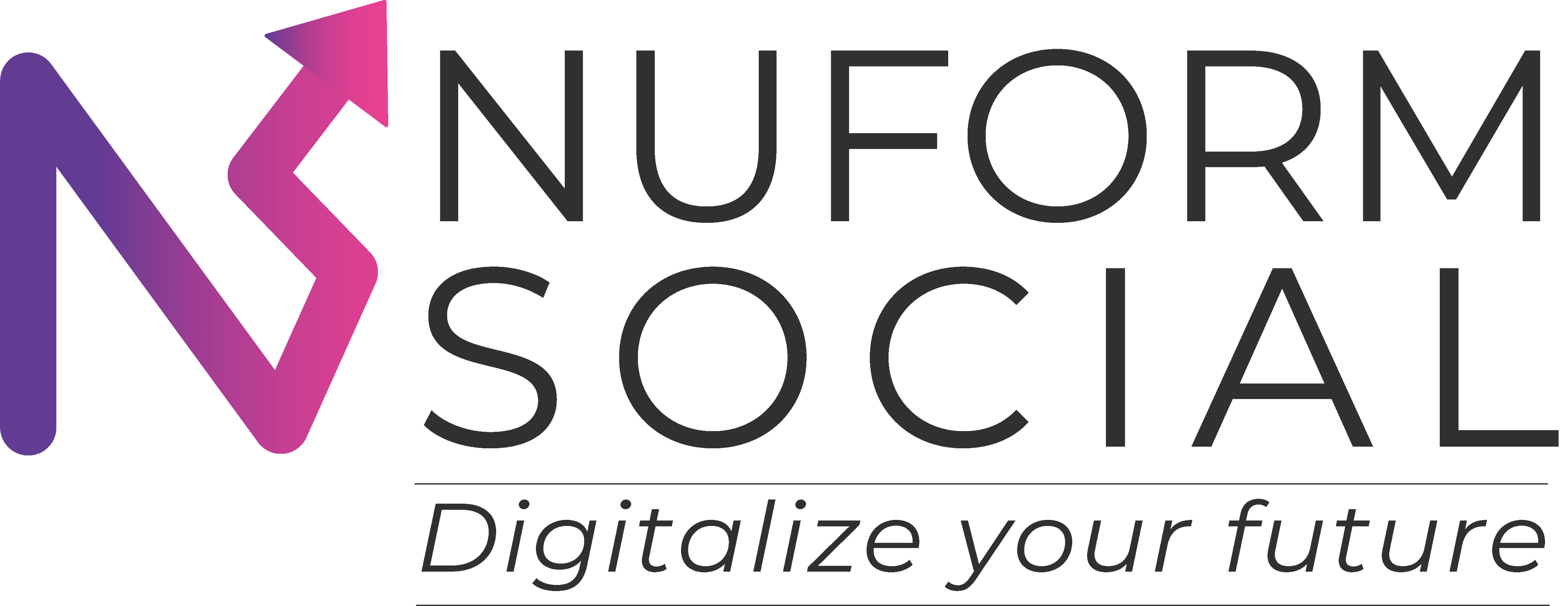Google Ads Keywords Explained: Types, Tools, Strategies & Best Practices (2025 Guide)
In the ever-evolving world of digital advertising, Google Ads keywords are the cornerstone of a successful pay-per-click (PPC) campaign. When chosen and optimized correctly, these keywords connect your ads with the right audience—users actively searching for the products or services you offer.
Whether you’re a small business owner looking to drive local traffic or a marketing professional managing large-scale campaigns, understanding Google Ads keywords is critical for ROI, conversion, and visibility.
This complete guide breaks down everything you need to know about Google Ads keywords in 2025: how they work, the different types, keyword match options, selection strategies, optimization tactics, and essential tools.
What Are Google Ads Keywords?
Google Ads keywords are the words or phrases advertisers bid on to trigger their ads when users search on Google. The goal is to match your ad with users’ search intent to ensure your offer is seen by the right people, at the right time.
For instance, a local salon owner might use keywords like:
- “Haircut near me”
- “Best hair stylist in [City]”
- “Hair salon open today”
These terms are relevant to the services they offer and reflect what potential customers are actively searching for. However, using unrelated terms like “salon jobs” or “DIY hair coloring tips” would likely attract users with no intent to book a service—wasting valuable ad spend.
How Google Ads Keywords Work
When someone types a query into Google, a real-time auction begins. Google Ads then evaluates eligible ads based on something called Ad Rank, which determines which ads get shown and in what order.
Ad Rank factors include:
- Bid amount (how much you’re willing to pay per click)
- Quality Score (CTR, ad relevance, and landing page experience)
- Ad Rank thresholds (minimum score to appear)
- Competition (how many advertisers are bidding on the same keyword)
- Search context (user’s location, device, time, and behavior signals)
This system ensures that even if you bid lower than competitors, you can still win a higher position—if your ad is more relevant and better optimized.
Key Metrics for Google Ads Keywords
Monitoring keyword performance is crucial to optimize your campaigns over time. Here are the most important keyword metrics to track:
1. Click-Through Rate (CTR)
CTR = (Clicks / Impressions) × 100
This measures how compelling your ad is. A higher CTR typically means your keyword and ad copy are relevant.
2. Quality Score
Google rates each keyword on a scale of 1 to 10 based on:
- Expected CTR
- Ad relevance
- Landing page experience
High Quality Scores reduce your cost per click and improve ad positioning.
3. Conversion Rate
This shows how many clicks turn into actual actions (sales, leads, sign-ups). It reflects the alignment of your keywords, ad copy, and landing page with user intent.
What Makes a Good Google Ads Keyword?
A powerful keyword bridges the gap between your offering and your audience’s intent. It should be:
- Relevant to your products or services
- Intent-driven (e.g., transactional keywords like “buy,” “book,” “hire”)
- Specific (to narrow targeting and improve conversions)
For example, instead of just targeting “haircuts,” targeting long-tail keywords like “best haircut for curly hair near me” narrows your reach to high-intent searchers, reduces CPC, and improves ROI.
How to Find the Right Google Ads Keywords
Here’s a step-by-step strategy to identify high-performing keywords:
Step 1: Think Like Your Customer
Ask: “What would I search if I needed this product/service?”
Example for a landscaping business:
- “Lawn care near me”
- “Yard maintenance in [City]”
- “Affordable landscaping services”
Step 2: Use Keyword Research Tools
✅ Google Keyword Planner
- Free tool inside Google Ads
- Helps find new keywords, see search volume, and estimate CPC
✅ Competitor Research
- Search your competitor’s brand and inspect ad keywords using tools like Google Ads Auction Insights or third-party PPC tools
✅ PPC Tools (Optional)
- Tools like Semrush, Ahrefs, and SpyFu can uncover keyword gaps and reveal what your competitors are bidding on.
Types of Google Ads Keywords
Google Ads allows you to choose from three match types that control how closely a search term must match your keyword:
1. Broad Match (Default)
Your ad may show for synonyms, related phrases, or loosely related queries.
Example:
Keyword: women’s hats → Matches: “ladies’ accessories,” “buy headwear”
Pros: Broad reach
Cons: May waste budget on irrelevant clicks
2. Phrase Match
Your ad appears when the search includes the keyword phrase, with words before or after.
Format: “women’s hats”
Matches: “cheap women’s hats,” “where to buy women’s hats”
Pros: Better targeting
Cons: Slightly limited reach
3. Exact Match
Only shows your ad for the exact term or close variations.
Format: [women’s hats]
Matches: “women’s hats,” “hats for women”
Pros: Highest relevance
Cons: Narrowest reach
What Are Negative Keywords?
Negative keywords prevent your ads from showing for irrelevant queries.
Types of Negative Matches:
- Negative Broad Match: Exclude all queries containing a word (e.g., “cheap”)
- Negative Phrase Match: Exclude specific phrases (e.g., “cheap women’s hats”)
- Negative Exact Match: Exclude exact terms (e.g., [cowboy hats])
Using negative keywords helps:
- Improve ROI by blocking low-converting traffic
- Reduce CPC by eliminating waste
- Enhance ad relevance
Google Ads Keyword Optimization Strategies
To maximize ROI, you need to continually monitor and refine your keyword strategy. Here’s how:
1. Balance Relevance & Competition
Avoid highly competitive keywords with inflated CPCs unless you have a strong budget. Instead, focus on mid-volume, high-intent, long-tail keywords.
2. Organize Keywords into Ad Groups
Group similar keywords under a single theme. This improves ad relevance, CTR, and Quality Score.
Example Ad Groups for a Fashion Store:
- Shoes: “buy women’s boots,” “men’s sneakers online”
- Jackets: “winter jackets for men,” “trench coats for women”
3. Avoid Keyword Stuffing
Use your target keyword naturally in your ad copy and landing page. Avoid overusing keywords as it reduces quality and can lead to penalties.
4. Use Smart Bidding + Broad Match
Combine Smart Bidding with broad match keywords to let Google optimize your bids for maximum conversions using real-time signals.
5. Test and Monitor Regularly
Track your keywords using tools like:
- Google Ads’ Search Keywords Report
- Conversion tracking
- Third-party Position Tracking Tools
Frequently Asked Questions (FAQs)
Q1. What’s the difference between Google Ads keywords and SEO keywords?
Google Ads keywords are for paid ads and trigger impressions and clicks based on bidding.
SEO keywords are used to rank organically in search results without paying per click.
Q2. How many keywords should I add to a Google Ads campaign?
There’s no fixed number, but each ad group should ideally contain 10–20 highly relevant keywords. Avoid keyword overcrowding to maintain focus and relevance.
Q3. Why aren’t my ads showing for my keywords?
Possible reasons include:
- Low Quality Score
- Low bid amount
- Paused keywords or ad groups
- Negative keywords conflicting with positive ones
- Ad Rank too low to compete
Q4. Should I use all three match types for the same keyword?
Yes, many advertisers use broad, phrase, and exact match simultaneously to test performance and optimize based on data.
Q5. What is the best tool for Google Ads keyword research?
Some of the top tools include:
- Google Keyword Planner (free and integrated with Google Ads)
- Semrush Keyword Magic Tool
- Ahrefs
- SpyFu
Final Thoughts
Google Ads keywords are the foundation of a successful PPC strategy. When chosen wisely, structured properly, and continuously optimized, they help you:
Target high-intent users
Improve ad quality and relevance
Maximize your advertising ROI
By understanding match types, using the right tools, applying negative keywords, and monitoring metrics regularly, you can build scalable ad campaigns that drive meaningful results in 2025 and beyond.






